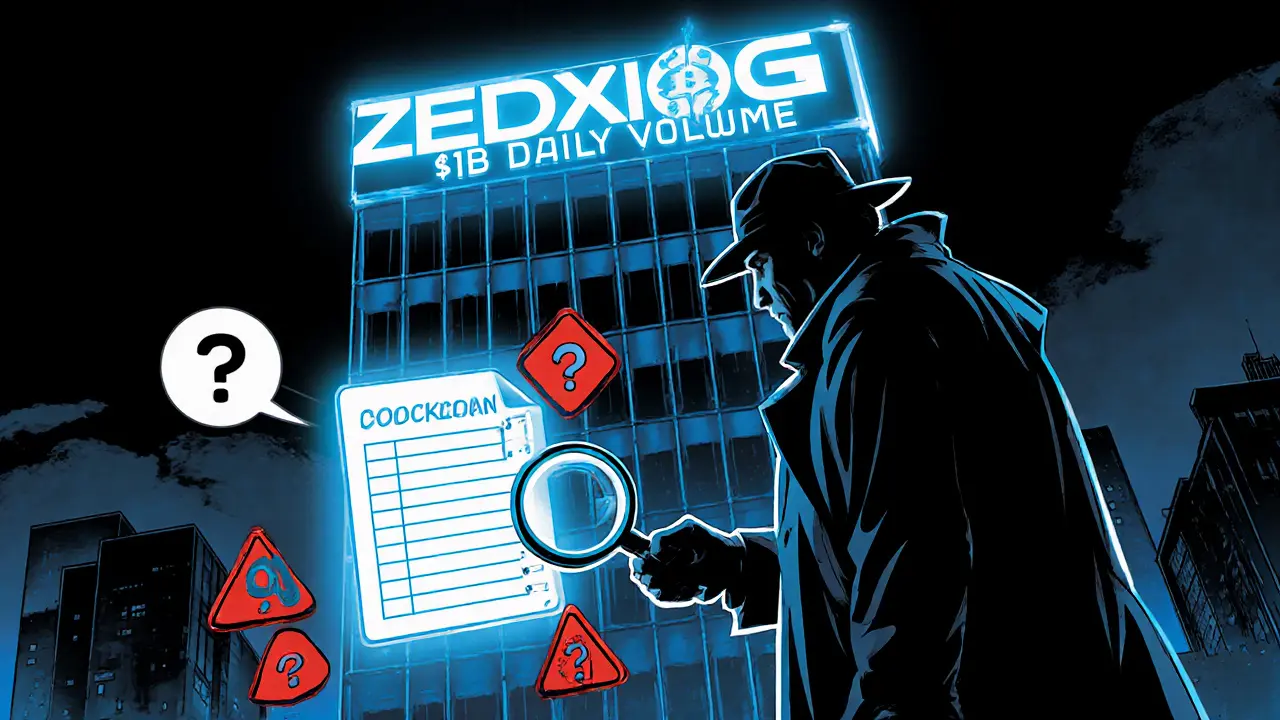Zedxion Scam – What It Means for Crypto Investors
When talking about Zedxion scam, a high‑profile crypto exit scam that vanished with investors' funds. Also known as Zedxion fraud, it shows how quickly a shady project can disappear when security and oversight are weak.
One of the biggest lessons from the Zedxion case is the role of crypto exit scam, a scheme where a platform or token creator shuts down and runs off with users' money. The crypto exit scam pattern appears in many other stories – think Thodex in Turkey or the Flash Technologies token on Binance Smart Chain. Both share the same red flags: rushed token launches, vague roadmaps, and no real audit.
A second related entity is blockchain security, the set of technical and procedural safeguards that protect a blockchain project from hacks and fraud. Weak security often lets scammers manipulate smart contracts, hide withdrawals, or fake transaction confirmations. In the Zedxion saga, missing multi‑sig wallets and absent third‑party code reviews were clear warning signs.
Finally, regulatory oversight, governmental rules and enforcement that aim to keep crypto markets honest, proved ineffective. Zedxion operated from a jurisdiction with loose reporting, making it hard for victims to trace assets. This lack of oversight fuels the whole scam ecosystem.
How These Entities Connect
Understanding the Zedxion scam means seeing how a crypto exit scam exploits gaps in blockchain security and thrives under weak regulatory oversight. The central topic Zedxion scam encompasses the tactics used in other exit scams, requires solid security audits to prevent abuse, and is heavily influenced by the level of government enforcement. In practice, a user who checks a project's audit report, looks for multi‑sig wallets, and verifies the team's legal registration reduces the risk of falling victim.
Another entity that often appears alongside these scams is exchange fraud. Many exit scams use a proprietary exchange or a partner platform to funnel funds before disappearing. The Zedxion team allegedly ran its own trading portal, which allowed them to hide the outflow of money from public view. When an exchange lacks KYC and AML procedures, scammers can move large sums without detection.
Investors also need to watch for market manipulation tactics that accompany exit scams. Pump‑and‑dump schemes inflate token prices, creating a false sense of momentum. Once the price peaks, the scammers cash out, leaving retail holders with worthless tokens. The Zedxion token saw a rapid price surge in its first week before the price crashed to near zero.
So what can you do? Start by treating every new token like a potential exit scam until proven otherwise. Check if the project has a public smart‑contract audit – that’s a concrete security signal. Verify the team’s identity and ensure the jurisdiction requires some form of registration. Finally, keep an eye on exchange listings: reputable exchanges perform their own due diligence, while shady platforms rarely do.
Below you’ll find a curated list of articles that dig deeper into each of these angles – from detailed breakdowns of other exit scams to step‑by‑step guides on assessing blockchain security and navigating regulatory landscapes. Use them to sharpen your research skills and protect your crypto portfolio from the next Zedxion‑style fallout.
An in‑depth review of Zedxion Exchange, exposing its unverified volume claims, lack of licenses, security flaws, and user complaints. Learn why it ranks as a high‑risk platform.

